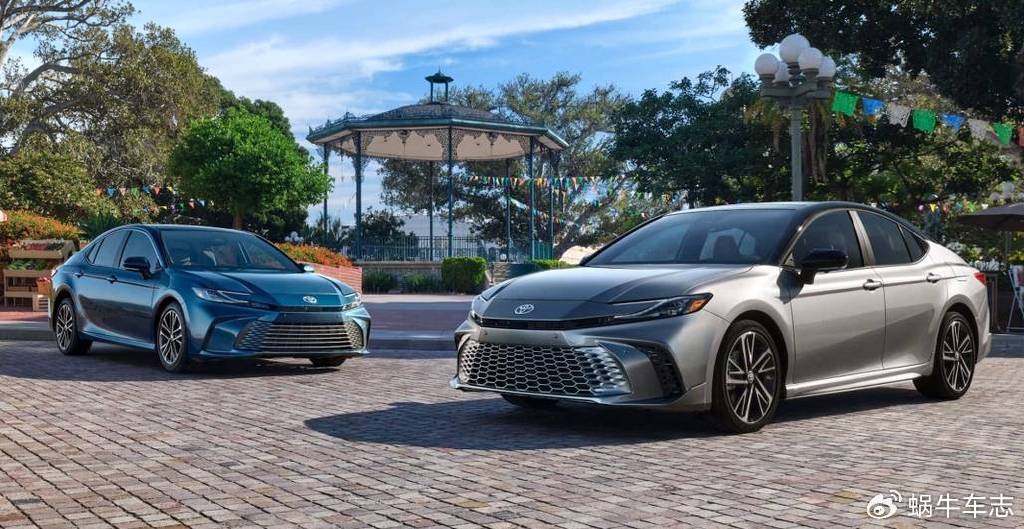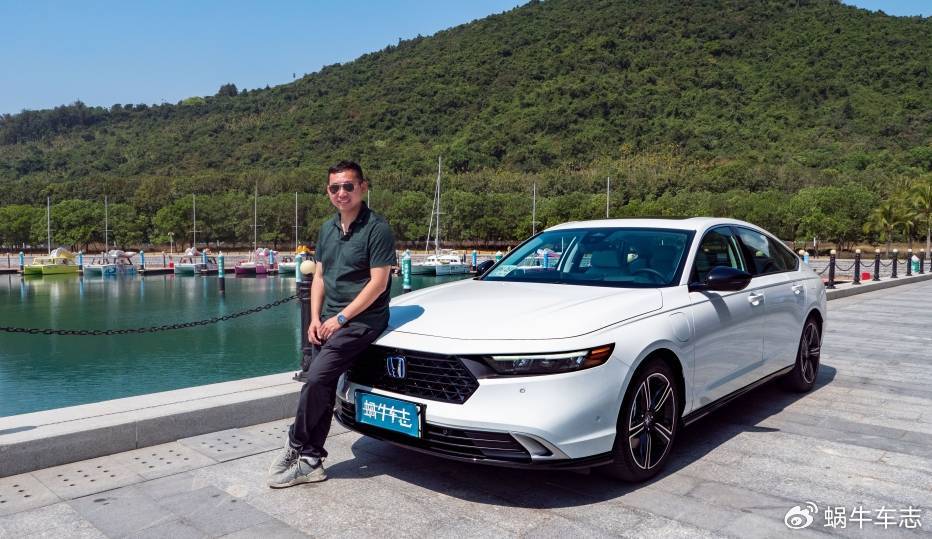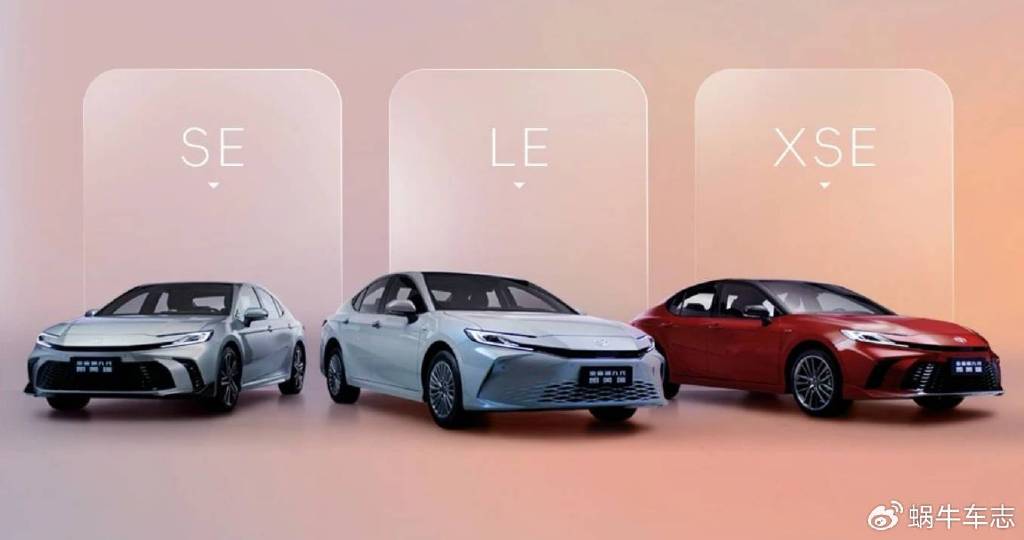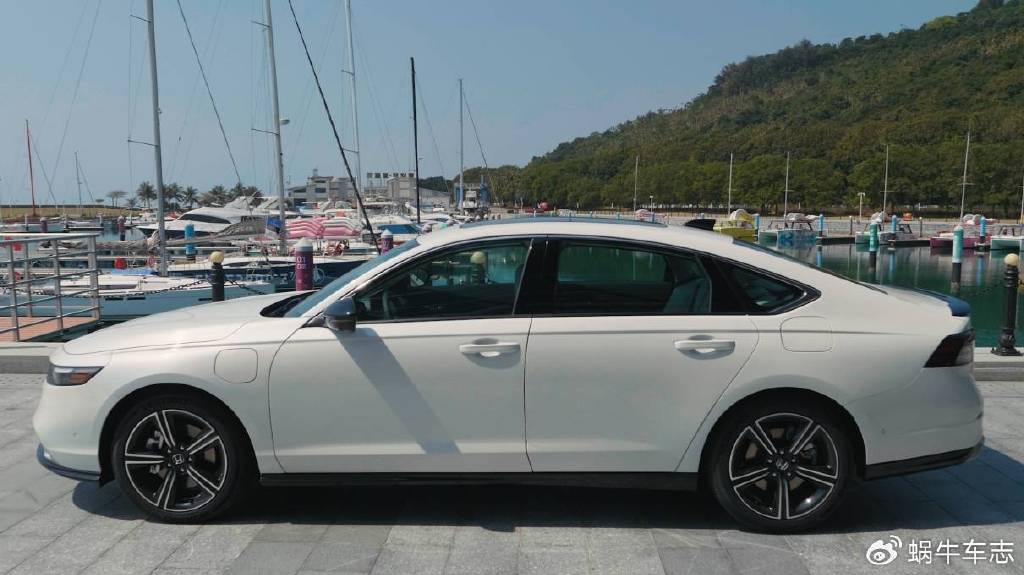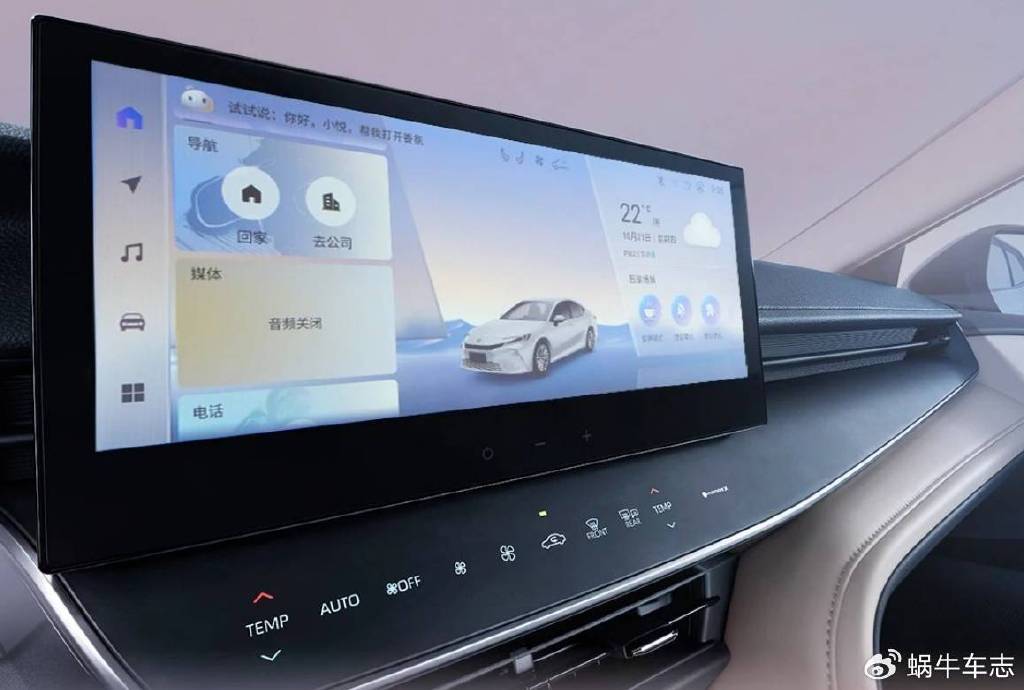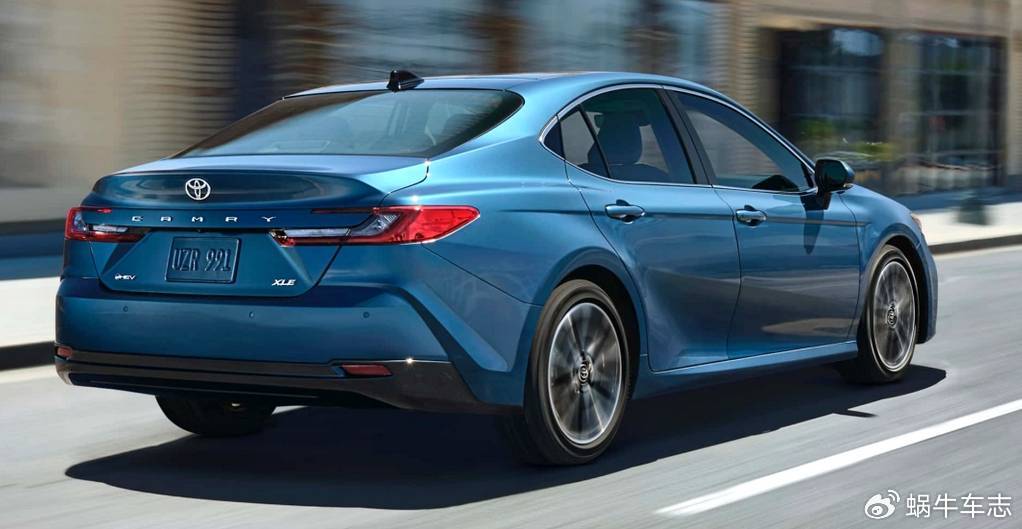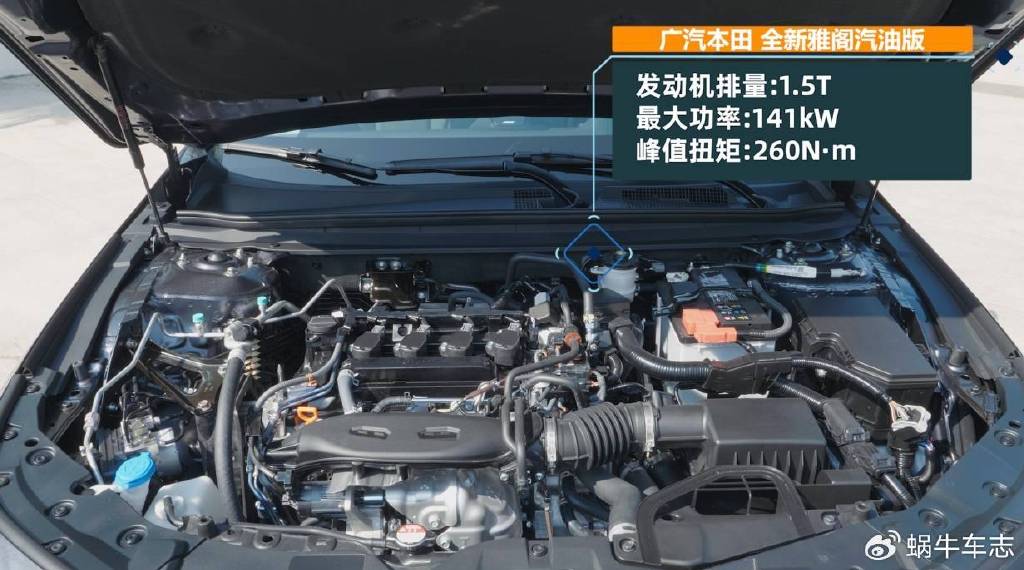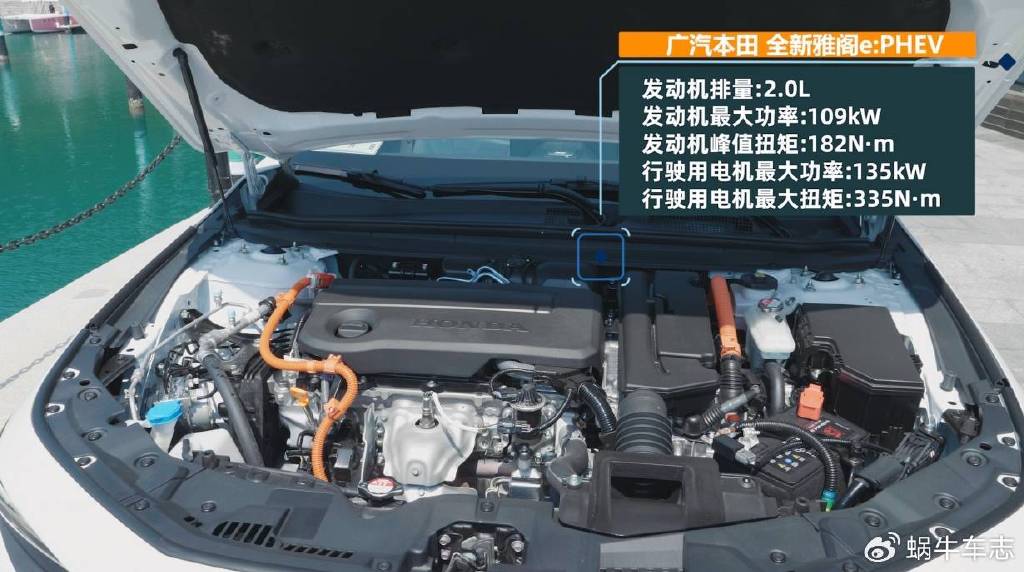As one of the top three Japanese brands, the Toyota Camry is following closely in the footsteps of its arch-rival, the all-new Accord! If you haven’t considered the Accord or Camry when looking for a satisfying ride in the car market, then either your budget is not enough or it’s more than enough. Their popularity is evident, even in today’s era of new energy, they still have a huge influence. With the two big rivals already gathered, this time we will block out the voices from the outside and put aside the other domestic competitors, just to see how to choose between the all-new Camry and Accord!
Exterior Comparison The usability and drivability of a car may require time to evaluate, but whether it looks good or not can be determined at a glance. Of course, this is a very subjective issue, just like the retro exterior of the all-new Accord, which many people criticize, but I personally quite like it. This non-conformist design is worthy of praise, and I think it’s a good new choice outside of the typical new energy vehicles. The side and rear of the Accord also have a consistent and elegant style, and its stable and elegant core has always been upheld in the mid-size car segment.
Moving on to the all-new Camry, before its official release, there were rumors flying around about its appearance, with some even saying it’s a mini Ferrari. Now that the actual car has been unveiled, it’s clear that the new model still has a familiar feel, but with a more refined and sporty edge. It comes in three different front-end styles, with the main difference being the grille design. One style features a diamond-shaped grille, another has a smoked black honeycomb grille, and the third comes with an aerodynamic package. It can be simplified as a luxury version and a sporty version, with the overall design being similar to the current model.
2. Three-dimensional dimensions Now let’s compare the dimensions of the two cars. The dimensions of the Accord are 4980mm/1862mm/1449mm in length, width, and height, with a wheelbase of 2830mm. The new Camry has not changed much compared to the current model, still based on the TNGA-K platform. For reference, the 2023 model’s dimensions are 4885mm/1840mm/1455mm in length, width, and height, with a wheelbase of 2825mm. Both cars have standard mid-size car dimensions. It’s worth mentioning that the new Accord has a length advantage, but the differences between the two cars are very subtle in other aspects. The most important thing is that the space performance has not been affected by this. If you’re looking to buy, you don’t need to worry about this aspect.
3. Interior Configuration First, let’s take a look at the all-new Accord. Although the interior may not be as high-tech as new energy vehicles, the design that follows the traditional fuel car and family style looks comfortable and coordinated. This generation of Accord keeps up with the times, adding a plug-in hybrid model is a surprise, and it also offers L2 level assisted driving, intelligent voice control, and a 12-speaker BOSE sound system, and more. Of course, the most noticeable feature is the 12.3-inch central control screen and 10.2-inch main driver’s instrument panel, which is the largest screen ever produced by the Honda brand.
The interior of the all-new Camry is particularly eye-catching. The design of the North American version was originally similar to the new Accord, both featuring a familiar gasoline car style. However, after entering the domestic market, it also “adapted to local customs” with a major interior overhaul. The embedded screen in the center console has been replaced with a floating screen, and the oval-shaped main driver screen has been changed to a rectangular style. Many physical buttons on the center console, such as the air conditioning and warning lights, have been replaced with touch-sensitive controls or relocated. It is worth mentioning that the car’s system is supported by Huawei, using an 8155 chip, and both screens appear to be over 10 inches in size, with a resolution of 2K. What do you think of these changes?
4. Power Performance The all-new Camry will offer three power modes to choose from, including the 2.0L pure gasoline version, the 2.0L hybrid version, and the 2.5L hybrid version. The entry-level models are the same as the Accord, both with the pure gasoline version as the base. However, the high-end models are not as aggressive as the latter, still sticking to their own dual-engine power. Don’t underestimate this, Toyota’s power system performs well in energy efficiency, power smoothness, and NVH. Otherwise, it wouldn’t dare to go head-to-head with a range of plug-in hybrid models. It’s a shame that the green-label Camry has been missing in recent years.
The new Accord has only two powertrains, which are the 1.5T petrol and the 2.0L plug-in hybrid. The petrol model has a maximum horsepower of 192, a peak torque of 260 Nm, and is paired with a CVT gearbox, with a top speed of 186 km/h. The plug-in hybrid version has a maximum horsepower of 148, a total electric motor power of 135 kW, a total electric motor torque of 335 Nm. It is paired with an E-CVT gearbox, with a top speed of 174 km/h, and a 17.7 kWh battery pack, with a pure electric range of 82 km under WLTC conditions. I have tried the new model, and the driving experience of the plug-in hybrid version is quite light and enjoyable. With the electric motor as an assist, there is no feeling of insufficient power, and the smoothness is excellent. If you like the Accord, you can wait for the discounts on the plug-in hybrid model.
Wrapping it up I believe everyone has a good idea of how to choose between these two cars. In conclusion, I want to say something off topic. In the short term, I have high hopes for them, but in the long run, those who understand will understand. Traditional car models are usually updated every 3 years and replaced every 6 years. According to the current speed of development of new energy vehicles, not to mention 6 years, we don’t even know how the market will change in one or two years. But this can also be understood. As global models of global brands, they are meant to serve the large market. After all, the market in China is unique, and it’s really a tough choice between Honda, Toyota, and domestic brands. That’s why the new Chinese-made Camry has undergone “localized” changes. What do you think about this? Feel free to leave a comment in the discussion section!
